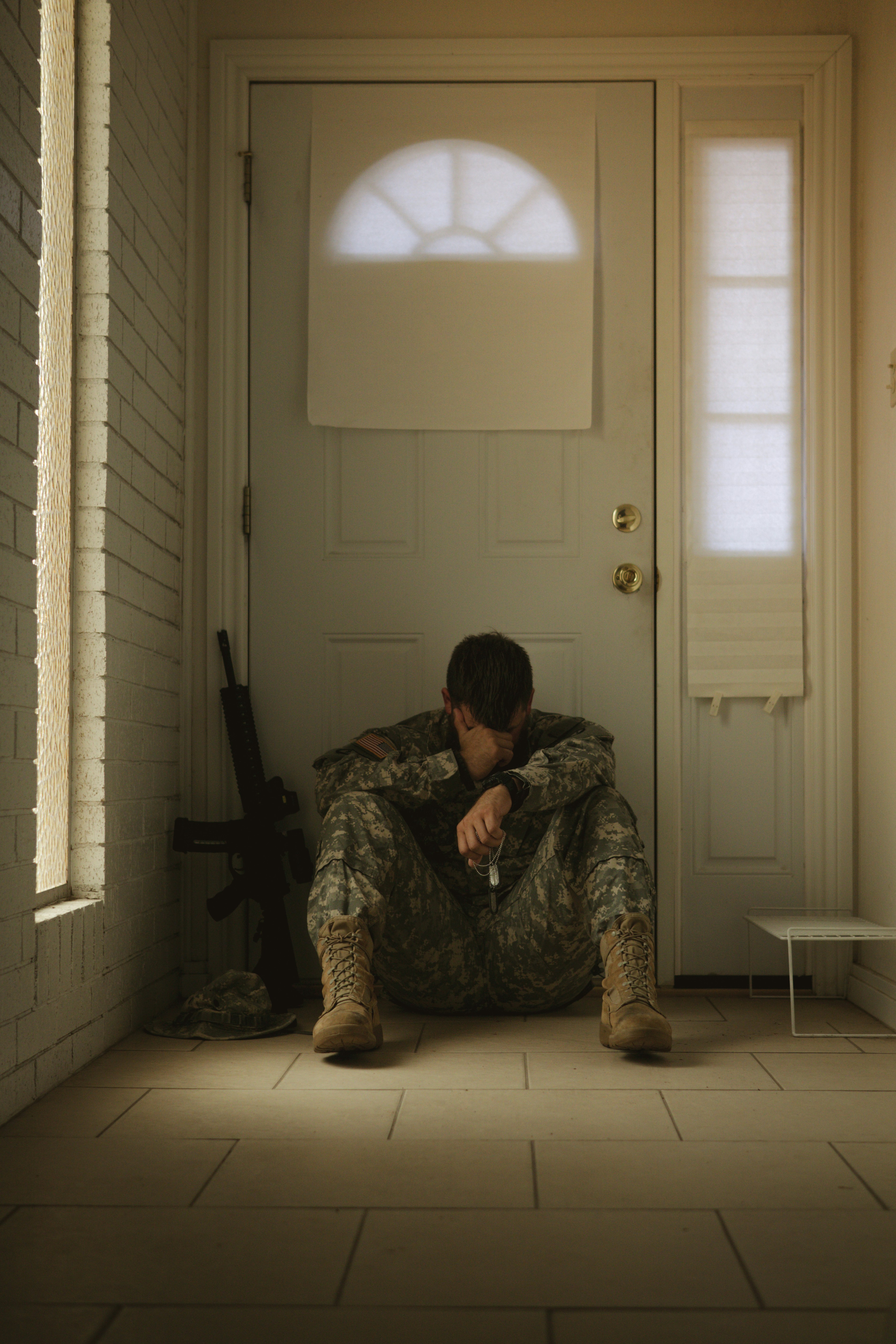According to the CDC, from 2019 to 2021, there was a 109 percent increase in overdose deaths among adolescents. While teen drug use remained steady for the past few years, many attribute this rise in overdose deaths to the stronger potency and unpredictability of substances. For example, an adolescent may purchase counterfeit prescription pills thinking they are taking one drug but have an entirely different substance mixed inside.
We don’t want to sugarcoat it – we understand it can be nerve-wracking talking to your children and teens about drugs or alcohol, especially if you’re expecting a defensive reaction. You might be overwhelmed by the amount of information on the internet or unsure of what’s credible. And then there’s the question of how much should you share with your child.
Fortunately, there are a few things you can do to prevent conversations about safety and concerns from devolving into arguments. There is a balance that can be struck between being direct and attacking. Try framing this discussion as you would with any other health issue, such as exercise, diabetes, or asthma. Take it slow, get the facts, promote discussion, have a plan, and invest in support.
Know Your Audience
When planning your conversation, take into consideration your child’s age. While it is never too early to talk to your kids about the dangers of drugs and alcohol, it is important that you make sure that the information you provide them is age-appropriate.
If your child is 10 or under, start with a simple conversation about peer pressure and how people often struggle to say “no” or make positive choices. You can also use television to help you spark a conversation. If you see a character on TV smoking or drinking, take this time to explain to your child that such behavior can be dangerous. It is important to establish a foundation of healthy communication that will encourage them to go to you for answers when they are older and encounter drugs and alcohol.
Know that most older children and teens have had some kind of exposure to drugs and alcohol. Whether it’s because of TV or their friends at school, kids nowadays know more about drugs and alcohol than ever. Unfortunately, a lot of what they hear is misinformation or doesn’t focus on the negative effects of using and drinking. They might be seeing and hearing that this kind of behavior is “cool,” so it is important that you provide them with the facts.
Be Mindful of Your Tone
Mountainside Senior Clinician, Daniel Sexton, provides insight on what tone you should take in the conversation with your son or daughter:
“Don’t be afraid to speak plainly and avoid beating around the bush. Try to keep the questions open-ended, such as “What does your drinking look like?” can prompt a more detailed response than questions like “Are you drinking?”
Alongside this, try to avoid making your teen feel as if they’re being attacked or threatened. Consider the purpose of your conversation with them. Are you seeking to gain information? Punish them? Catch them in a lie? Offer support or access to treatment if needed? Your teen may be more willing to have a conversation about their behavior or the dangers of starting drinking if they feel as if they’re not in trouble already. This can be achieved by maintaining a neutral tone and being open and honest about the concerns you may have. This is something normal to feel nervous about, but it can be an opportunity for growth for the whole family.
When doing so, be sure to steer clear of lectures, as this will cause them to shut down. Instead, bring up real-life scenarios and take advantage of “teachable” moments – something happening in pop culture, something you saw in a movie or read in the news, and discuss it with them. Providing a space of safety and listening for your child to ask questions will promote better communication and foster trust.”
Have a Family Plan
Having a clear family plan regarding what the adults in the home understand and believe about drugs and alcohol is key in sending clear messages. If you have teens in the home, it is important to establish expectations so your teen understands what is acceptable and not acceptable for your family. For instance, some families have utilized verbal or written contracts on the rules about going out and using the family car.
Speak Without Shame
Using non-judgmental and open-ended communication in the home encourages your children and teens to do the same. Provide gentle encouragement asking for their thoughts and feelings. Create an environment without shame and build trust. Your children and teens are more likely to seek you out with questions if there is trust and an open environment to be curious and ask for help. Pay attention to cues and recognize when your children are going through difficult times, so that you may provide the support they need.
When communicating with children and teens about sensitive topics, it is all about the delivery of the message and ensuring that the message is clear, concise and is backed up by your own confidence and belief. Utilizing the skills provided will give you a basis to begin and keep the conversation going. While there is no one “right” way to speak with your children and teens, having a plan, knowing the facts, finding time to talk, and providing a safe place to communicate will help guide your way. Backing up what you say with actions and an open heart will make it more likely that they will truly hear the message.
If you or a loved one is struggling with addiction, Mountainside can help.
Click here or call (888) 833-4676 to speak with one of our addiction treatment experts.

 By
By 







